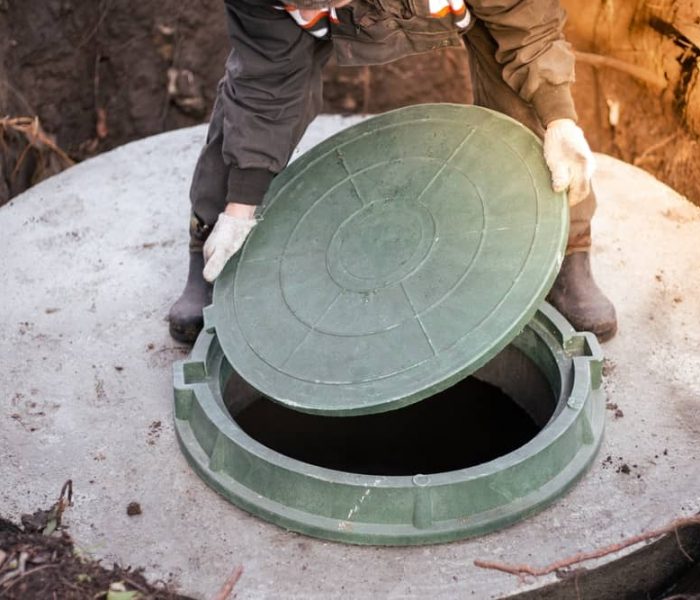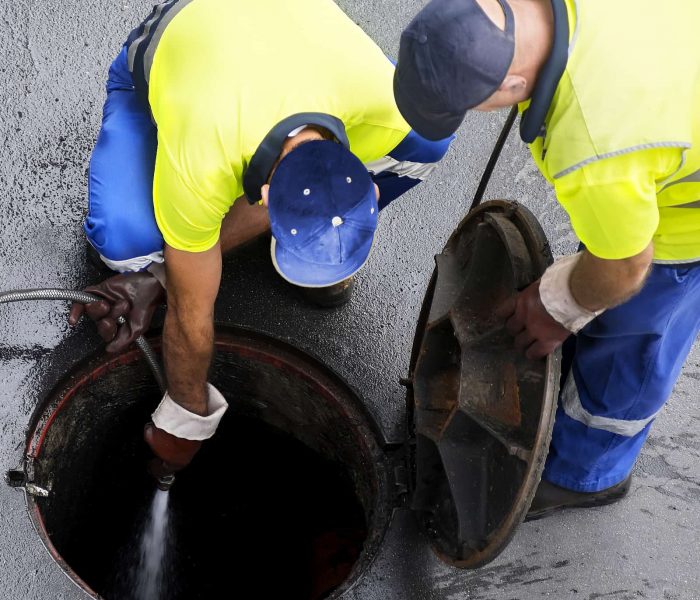Reliable cesspool services in East Hampton, NY.
Welcome to Antorino and Sons, Long Island’s top cesspool services company. When it comes to installation, service, repair and maintenance, Antorino and Sons is the name you can depend on.
My husband and I needed the pipe that connects our home to the town sewer line replaced. Other companies told us they would need to rip up the sidewalk, street, and our walkway which would have cost us thousands in additional work.
Trust Your Experts To Get It Right, And On Time
Why Long Island Septic Tank Service is a Crucial Part of Home Maintenance
If you’re in need of a Long Island septic tank service, there’s only one company to call: Antorino & Sons! From general maintenance to repairs, and even completely new installations, you can count on the experts at Antorino & Sons to keep your drains running smoothly. For fast, efficient, and affordable Long Island cesspool service, schedule an appointment with the leading septic tank service Long Island today!
Nobody likes to talk about that dirty little secret sitting in their yard, but if the wastewater system for your home is a cesspool, talk about it you must. Since it collects all of the water that you flush down your toilets and drains, it’s a pretty integral part of your home. Just like any other part of your house, your cesspool needs to be maintained.
Here’s a look at some of the top reasons why having a Long Island cesspool company maintain your wastewater disposal system is an absolute must.


You'll Avoid Chaos
Imagine when you’re taking a shower, you end up standing in a tub full of water up to your ankles. Picture the stench of raw sewage filling your home and property. Visualize flushing the toilet and instead of going down, the water (and everything in it) comes pouring back out.
These are just some of the scenarios that could become a reality if you fail to maintain your cesspool. Though a septic tank can accommodate a good bit of water, there’s only so much that it can hold before it reaches capacity. Plus, all of that muck that gets flushed down the drains can get clogged in the pipes that lead to the tank. There’s also the risk of tree roots pushing their way through one of the components of your system, causing extensive damage that would require a new Long Island cesspool installation. By having your septic system professionally maintain, you can avoid total chaos and the inconvenience and expense that comes along with it. You should schedule yearly inspections and arrange for a pumping every three to five years.
Your Home will be a Safer Place
You may be your castle, but you definitely don’t want a moat of wastewater around it! Not only is it gross, but it’s also highly dangerous.
When you fail to maintain your septic system, a backup is pretty much inevitable. When your system overflows, you and your entire family are at risk of harm. The wastewater and sewage that your cesspool holds are extremely volatile. Anyone who is exposed to a cesspool backup is at risk of suffering serious health problems.
Not only will having your cesspool maintained to reduce the chances of a backup, but it will also minimize the chances of a collapse. Though septic tanks are very durable, with age, constant use, and improper maintenance, they can collapse. A cesspool collapse is a serious hazard that has the potential to be fatal.
By having your system inspected and maintained, you can avoid these complications, thereby improving the safety of your entire family.

More Cash in Your Pocket
You might be avoiding cesspool maintenance because you don’t want another bill to pay; however, by avoiding service, you’re going to end up spending big bucks in the future.
Poorly maintained septic systems overflow, and cleaning up the mess can cost a small fortune. If it fails or collapses, Long Island cesspool installation will be necessary, the price tag of which can be quite high. Having your septic system professionally maintained, you’ll actually end up saving yourself a good chunk of change in the long run.
Schedule a Long Island Septic Tank Service Today!
Cesspool maintenance is such an integral part of homeownership. With regular inspections and pumping from a reputable service company, you can avoid serious trouble and improve the safety of your home. To schedule an appointment with the most reputable Long Island cesspool company, contact Antorino & Sons today! To schedule a service, call 631-250-6829.
Contact Us
The Town of East Hampton is located in southeastern Suffolk County, New York, at the eastern end of the South Shore of Long Island. It is the easternmost town in the state of New York. At the time of the 2020 United States census, it had a total population of 28,385.
